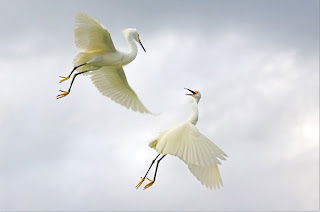Tai Chi Chuan is available now!
NTSC (America & Japan): http://williamccchen-dvd.com
PAL (Europe): http://shop.taiji-europa.eu
Wath the trailer here:
Grandmaster William Chi-Cheng Chen has studied tai chi chuan for over 60 years creating his widely acclaimed system of "Body Mechanics", looking at the effective application of tai chi chuan as both a realistic system of self-defense and health maintenance.
He had the unique distinction of being an 'indoor' student of Great-Grandmaster Professor Cheng Man-Ching living and training in his home.
This DVD represents the Essence of Grandmaster Chen's work showcasing all aspects of his training systems which includes Hand Form, Push Hands, Applications, Tai Chi Boxing and his innovative concepts of 3 Nails, 3 Fingers and Chi Passage.
This workshop documentation DVD offers 14 chapters:
Tai Chi-Form Excerpt, Introduction Body Mechanics, Feet, Knees, Sung Kua, Upper Body Aspects, Fingers (3 is more than 5), Compression, Spirals, Breathing, Mental Aspects, Push Hands, Applications and Tai Chi Boxing.
Special Features: Image slide show, trailer show, keyword index
Use as 'reference book' !
As special feature the DVD contains an unique interactive keyword index. To use the DVD as kind of "reference book" simply pick the aspect you are interested in, and a click on each of the dots behind the keyword gets you to a different part of the DVD dealing with this topic.
After the excerpt is finished you automatically will be redirected to the keyword menu again.
The keywords are: 3 Brains, 3 Nails, 4 Components, 70-30 vs 80-20 , Air Passage, Application, Body Mechanics, Boxing, Breathing, Prof. Cheng Man Ching, Chi Passage, Compression, Counting, Elbow, Energy Flow, Fa Jing, Feet, Fingers, Form, Hip Joints, Index Finger, Inner Thigh Muscle, Internal, Knees, Leverage, Lifting the Hands, Meditation, Memory Shape, Pulling, Pushing, Relaxation, Resistance, Shoulder Strike, Spinning / Turning, Spirals, Steps, Sung Kwa, Tan Tien, Toe, Upper Body, Waking Up and Yielding.
A Tai Chi Studio Production: http://tai-chi-studio.de





